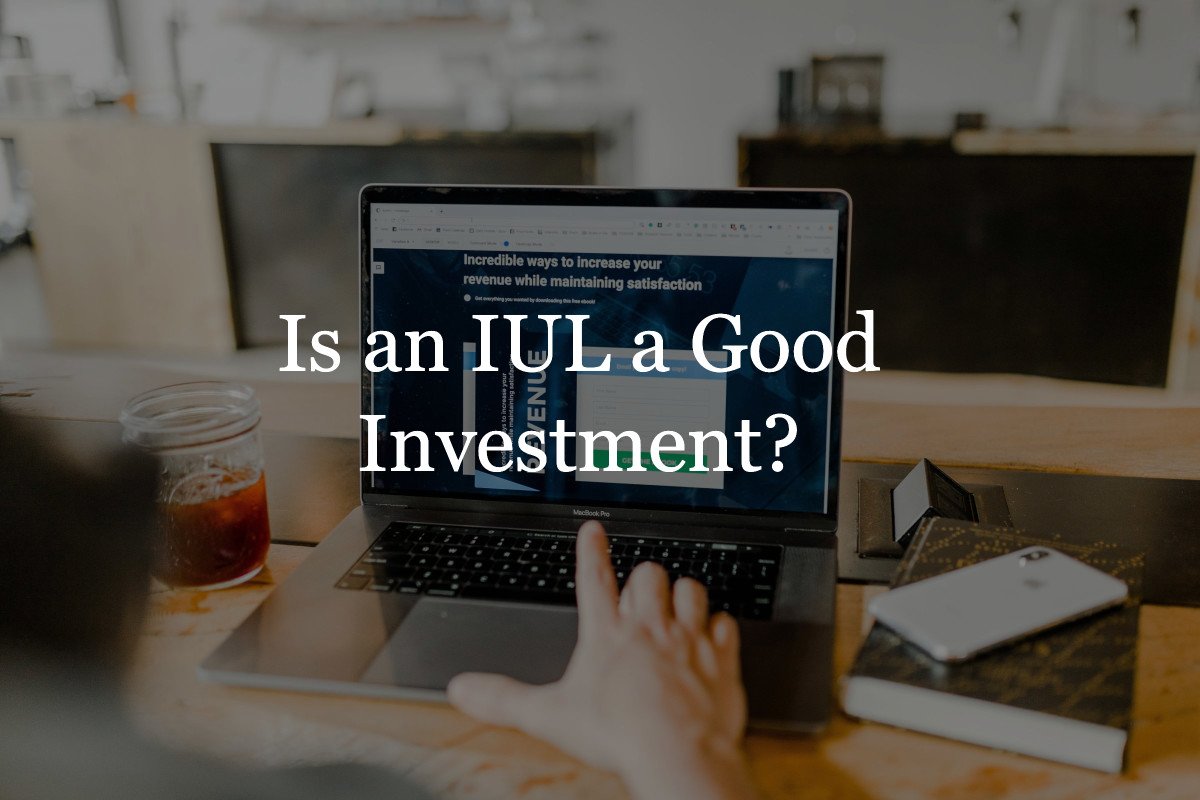Imagine a financial instrument that allows you to accumulate cash value while providing a death benefit to your beneficiaries. Sounds intriguing, right? But before diving into the intricacies of the Max Funded Indexed Universal Life (IUL) insurance, one must ponder: is it truly the ideal investment vehicle, or could it present unforeseen challenges? In this article, we will explore what a Max Funded IUL is, its benefits, potential pitfalls, and how it compares to other investment options.
At its core, a Max Funded IUL is a type of permanent life insurance that combines elements of traditional life insurance with investment opportunities, specifically linked to a stock market index, such as the S&P 500. Its structure allows policyholders to build cash value over time, while also securing a death benefit for loved ones. More than just a safety net, this financial product promises both growth and security, but it requires an understanding of the nuances involved.
Let’s dissect the term “Max Funded.” The “max funded” aspect refers to the strategy of over-funding the policy to maximize the cash value accumulation without triggering the Modified Endowment Contract (MEC) status. By distributing payments strategically, policyholders can ensure their policy stays within the limits set by the IRS, allowing them the benefits of tax-deferred growth on the cash value. This feature makes the Max Funded IUL a departure from typical life insurance policies, offering an attractive alternative for wealth-building.
So, why consider a Max Funded IUL over traditional investment accounts? One of the most compelling benefits is the potential for tax advantages. The cash value growth is tax-deferred, meaning that policyholders do not owe taxes on the gain until they withdraw funds. Furthermore, if structured properly, withdrawals could be made tax-free, providing a significant advantage over capital gains tax associated with conventional investment vehicles.
Moreover, a Max Funded IUL offers a death benefit that remains intact, presenting a safety net for your beneficiaries. Should something unfortunate happen, they will receive a substantial sum, typically free of income tax. This dual-layered approach of combining investment growth with life insurance creates a sense of stability and financial security that appeals to many individuals.
However, as with any financial product, there are potential pitfalls and considerations that should not be overlooked. One critical aspect involves the fees associated with these policies. Insurance companies often charge various fees, including mortality and expense charges, which can erode the cash value growth over time. Understanding these costs upfront is crucial in determining whether a Max Funded IUL is a viable investment.
Additionally, while the growth of cash value is tied to market indices, it does not directly correlate with the movements of the stock market. Insurance companies typically offer capped returns—meaning there is a maximum growth limit on how much cash value can increase in a given year, despite favorable market conditions. This cap could be a dealbreaker for some investors seeking high returns.
Furthermore, some policyholders may experience frustration due to the complexity involved in managing a Max Funded IUL. The intricacies of indexing, premium payments, and withdrawals can often bewilder even the savviest investors. As a result, individuals considering this option must be prepared to invest time in understanding the policy’s terms and mechanisms fully.
Now that we’ve explored both the merits and challenges of a Max Funded IUL, how does it stack up against other investment options such as 401(k)s or IRAs? The comparison is indeed multifaceted. While conventional retirement accounts predominantly focus on market-based growth and tax-deferment, a Max Funded IUL introduces an insurance element that provides heightened security. Unlike retirement accounts, which are typically earmarked specifically for retirement, a Max Funded IUL allows policyholders flexible access to their cash value, enabling them to utilize funds for various needs without penalties, as long as it doesn’t affect the policy’s integrity.
However, for those whose primary goal is aggressive growth and capital accumulation, traditional investment vehicles such as mutual funds or stocks may present superior opportunities. The absence of contribution limits and the potential for uncapped growth make these options appealing to risk-tolerant investors eager to optimize their returns. Thus, before making a decision, investors should consider their individual financial goals, risk tolerance, and time horizon.
So, who is the ideal candidate for a Max Funded IUL? Typically, this product attracts individuals seeking a balanced approach that marries life insurance and investment growth. High-income earners seeking traditional tax advantages, or those looking for a conservative place to park their money while ensuring a death benefit, often find the Max Funded IUL an attractive solution. In contrast, younger individuals with a longer investment horizon might find more favorable returns through riskier stock market investments.
In conclusion, the Max Funded IUL serves as a multifaceted financial tool that boasts the advantages of tax-deferred growth and life insurance coverage. However, it isn’t without its challenges—from intricate fee structures to capped growth potential. As with any investment, it is paramount to conduct thorough research and evaluate personal financial needs and circumstances. Only then can one determine whether a Max Funded IUL is the right vehicle to secure both a prosperous future and peace of mind.
